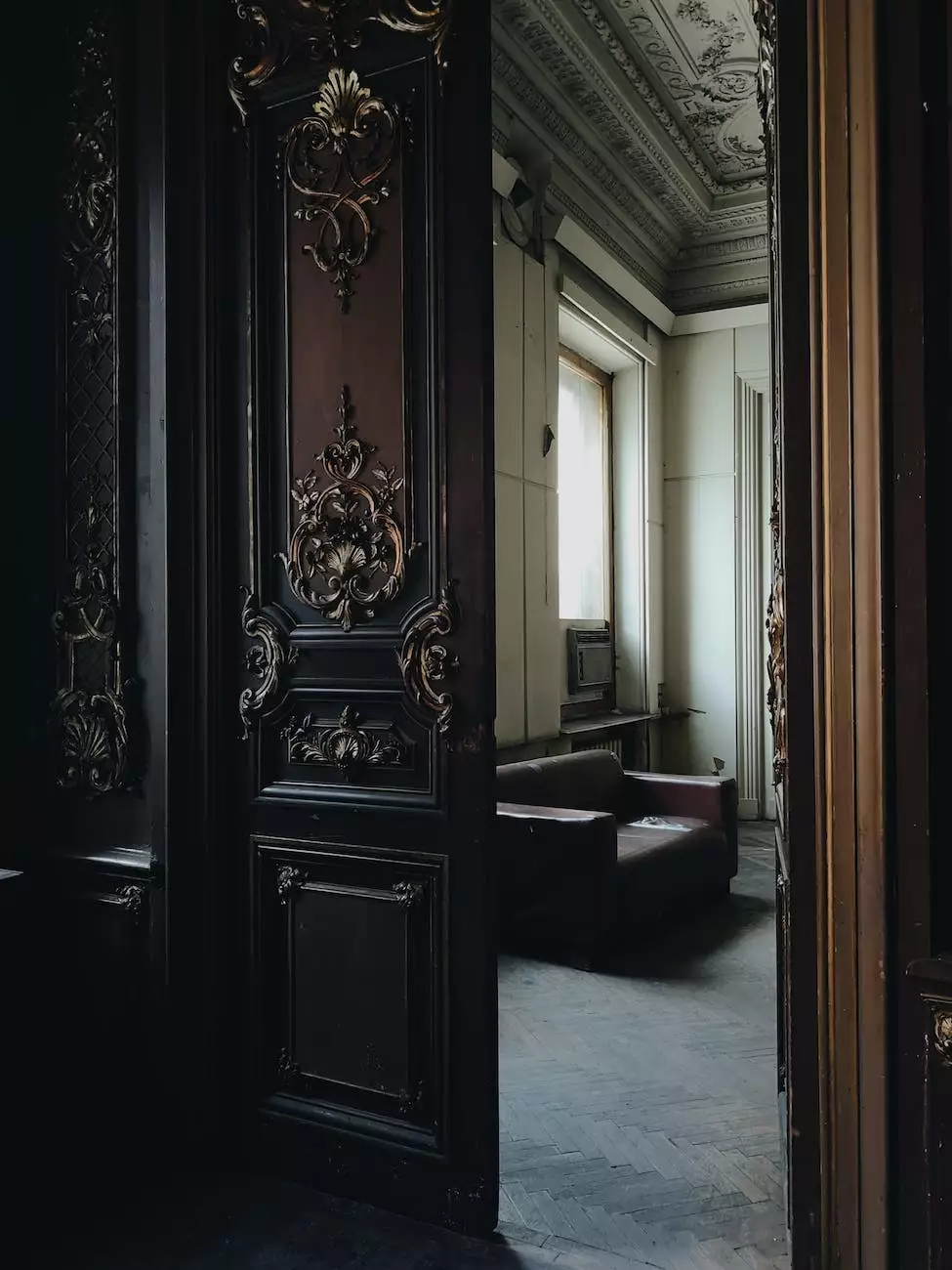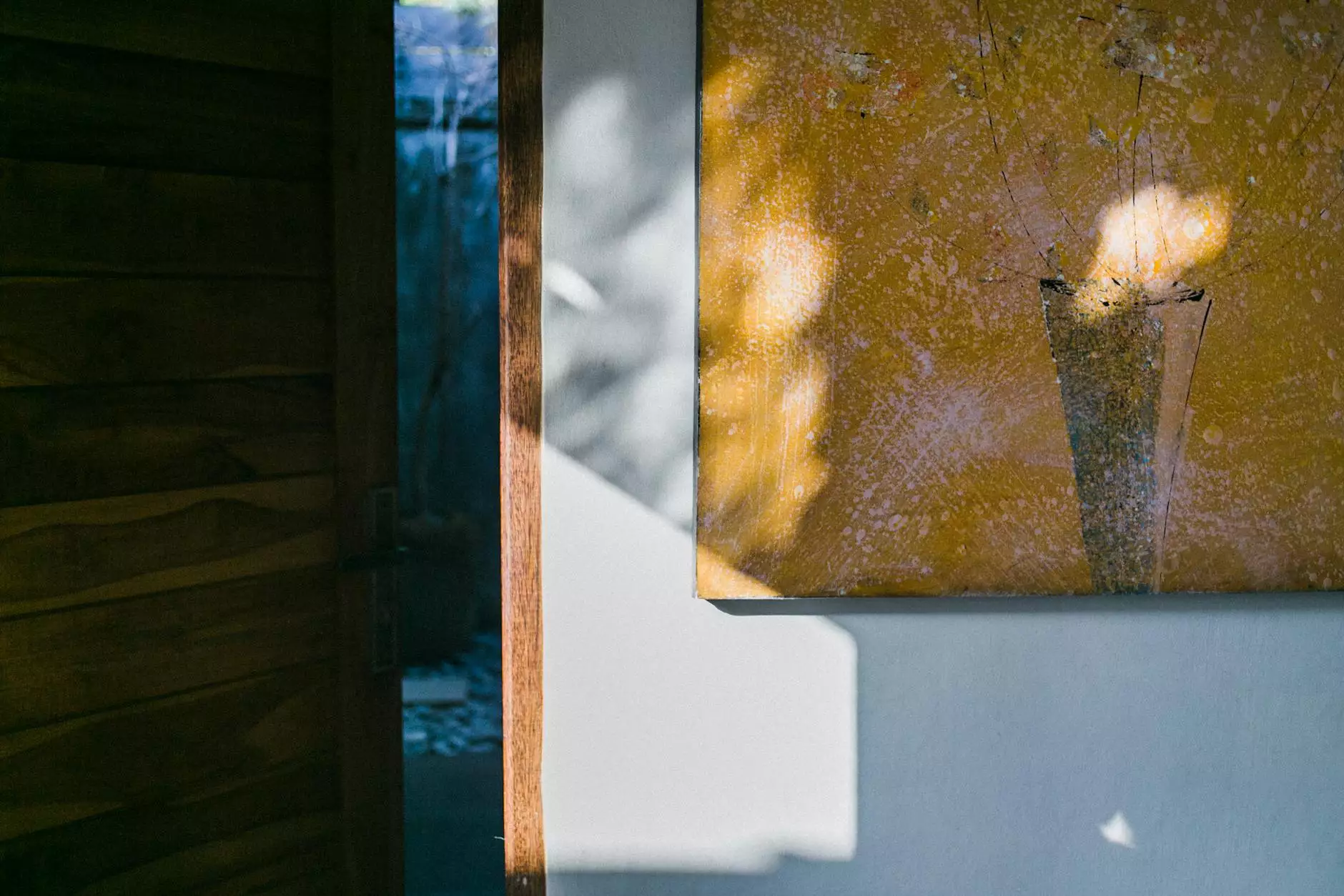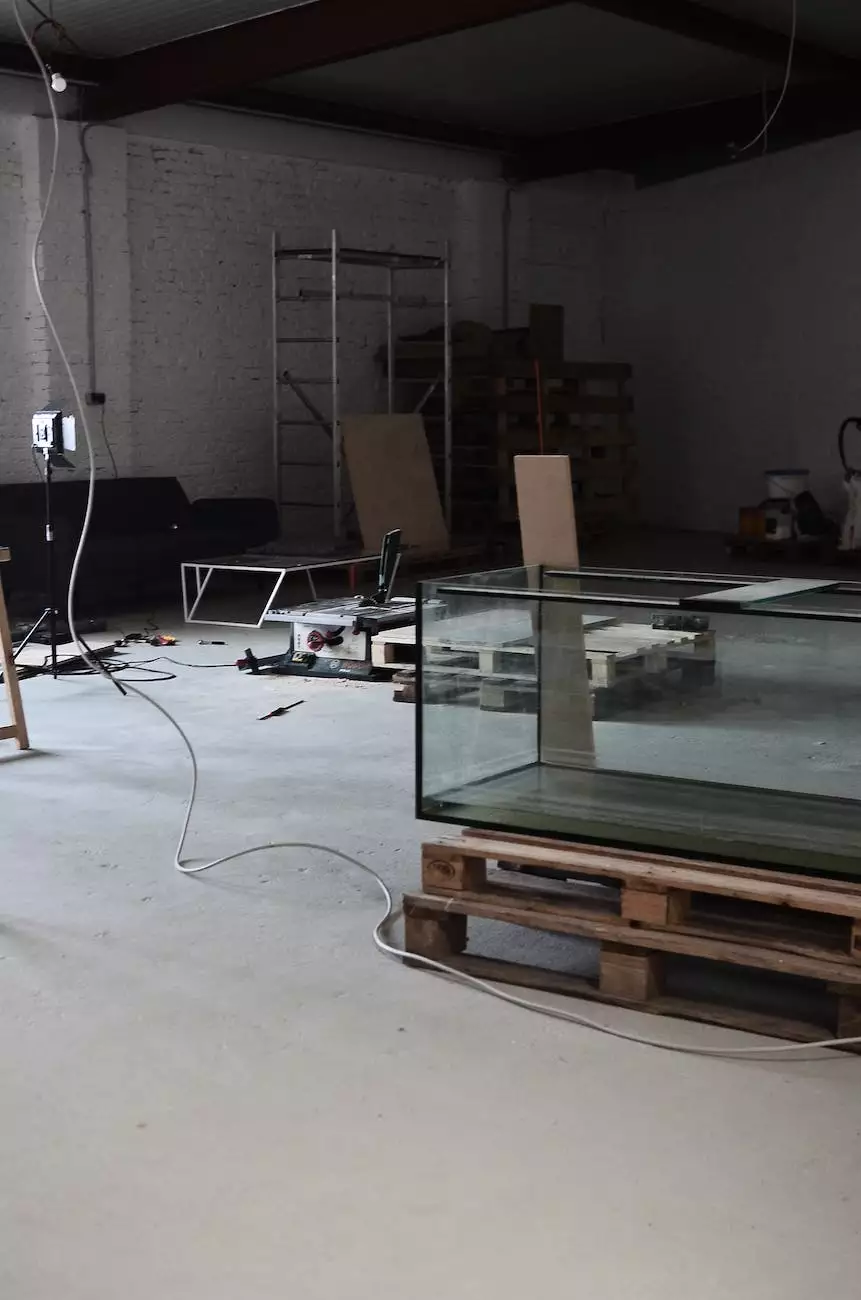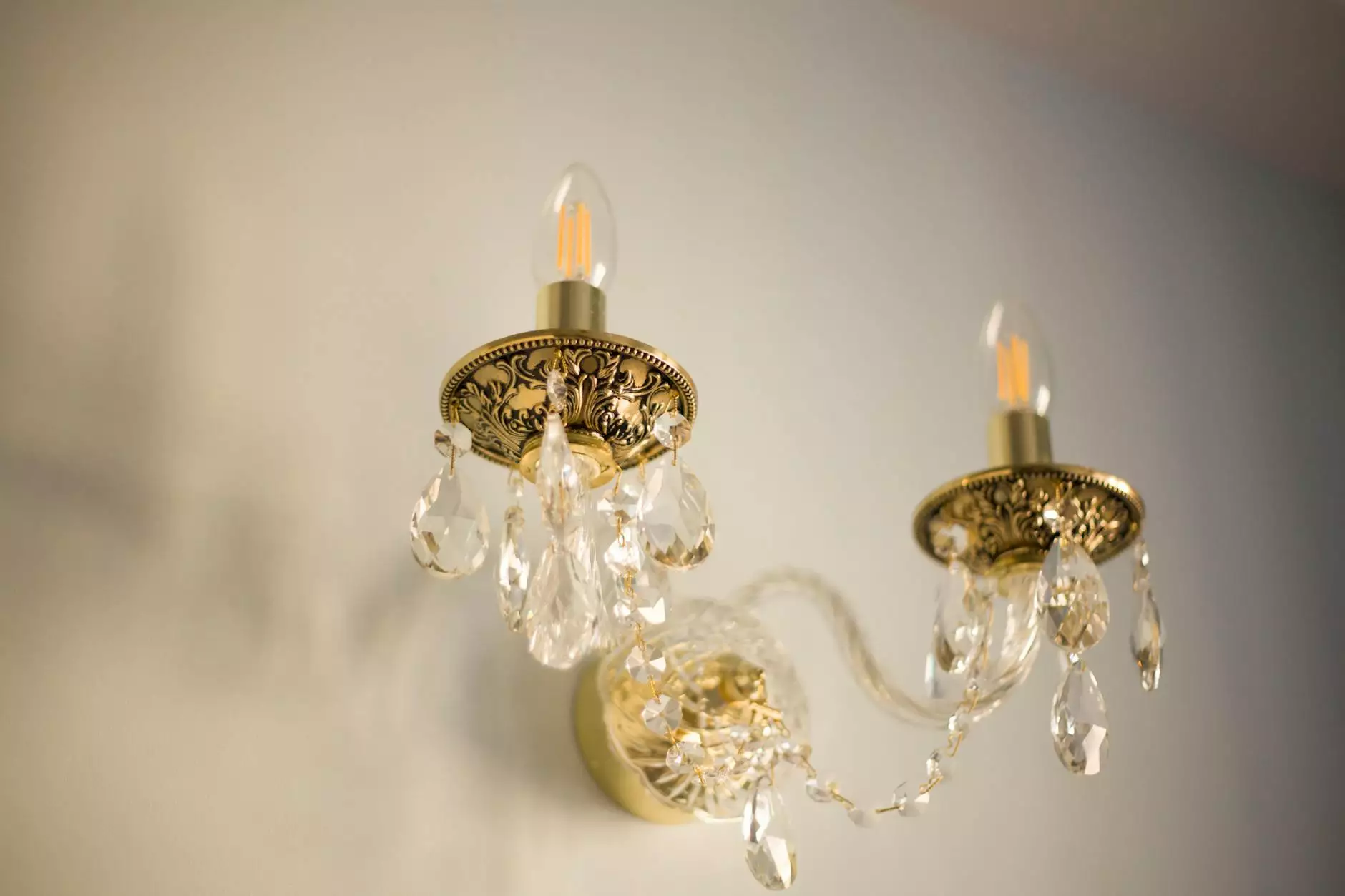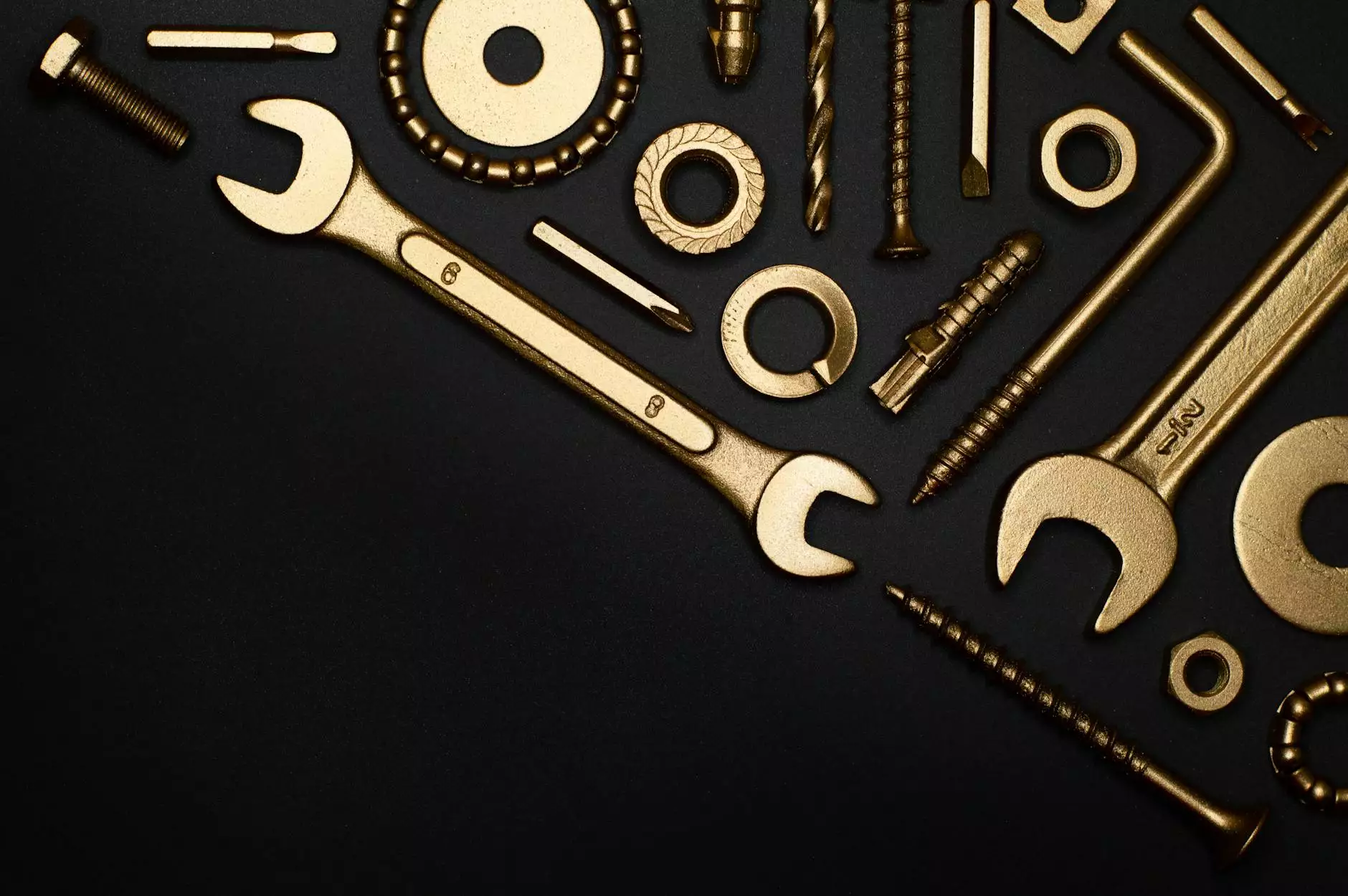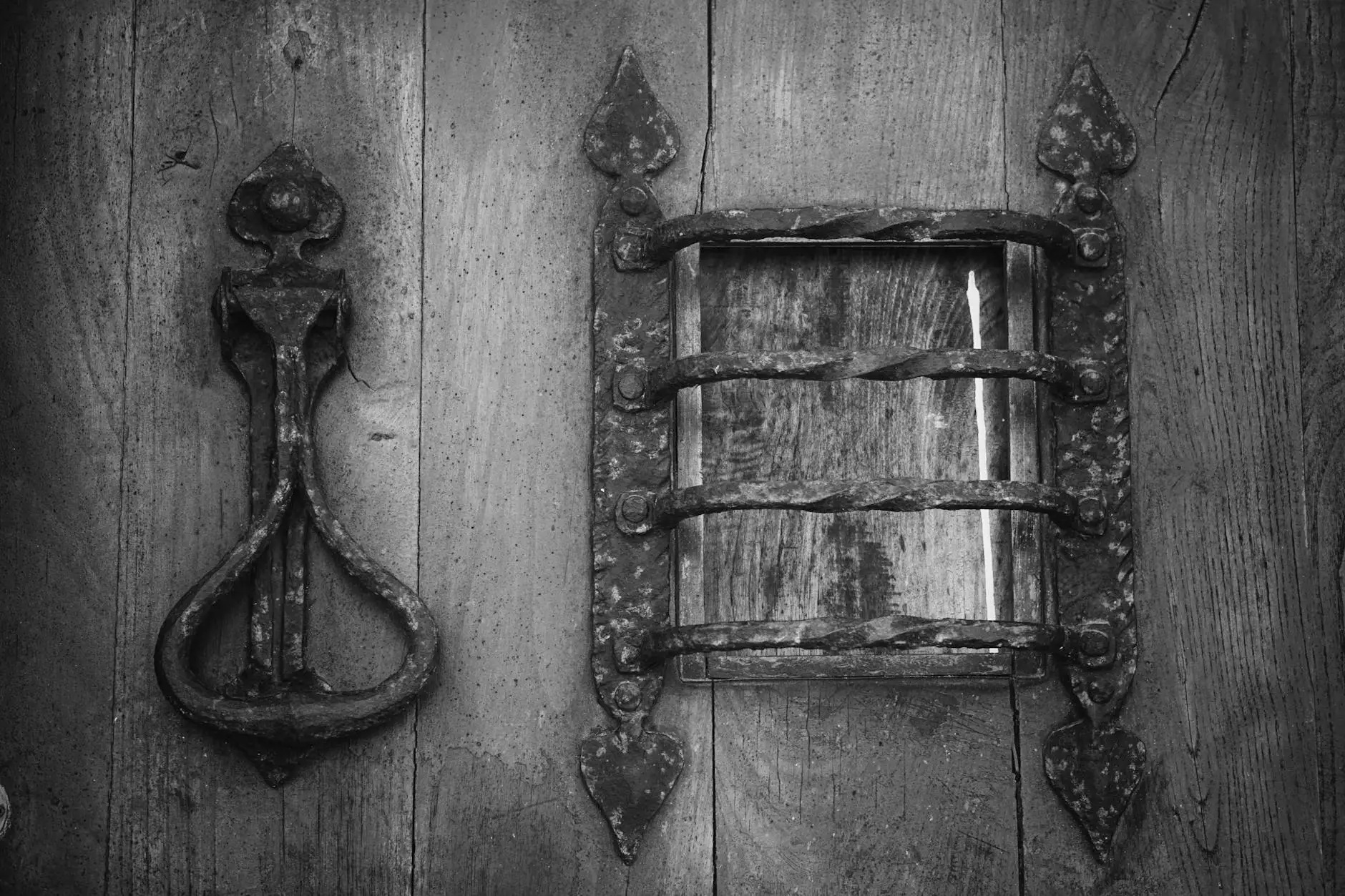How to Measure for Gas Logs
Fireplace Screens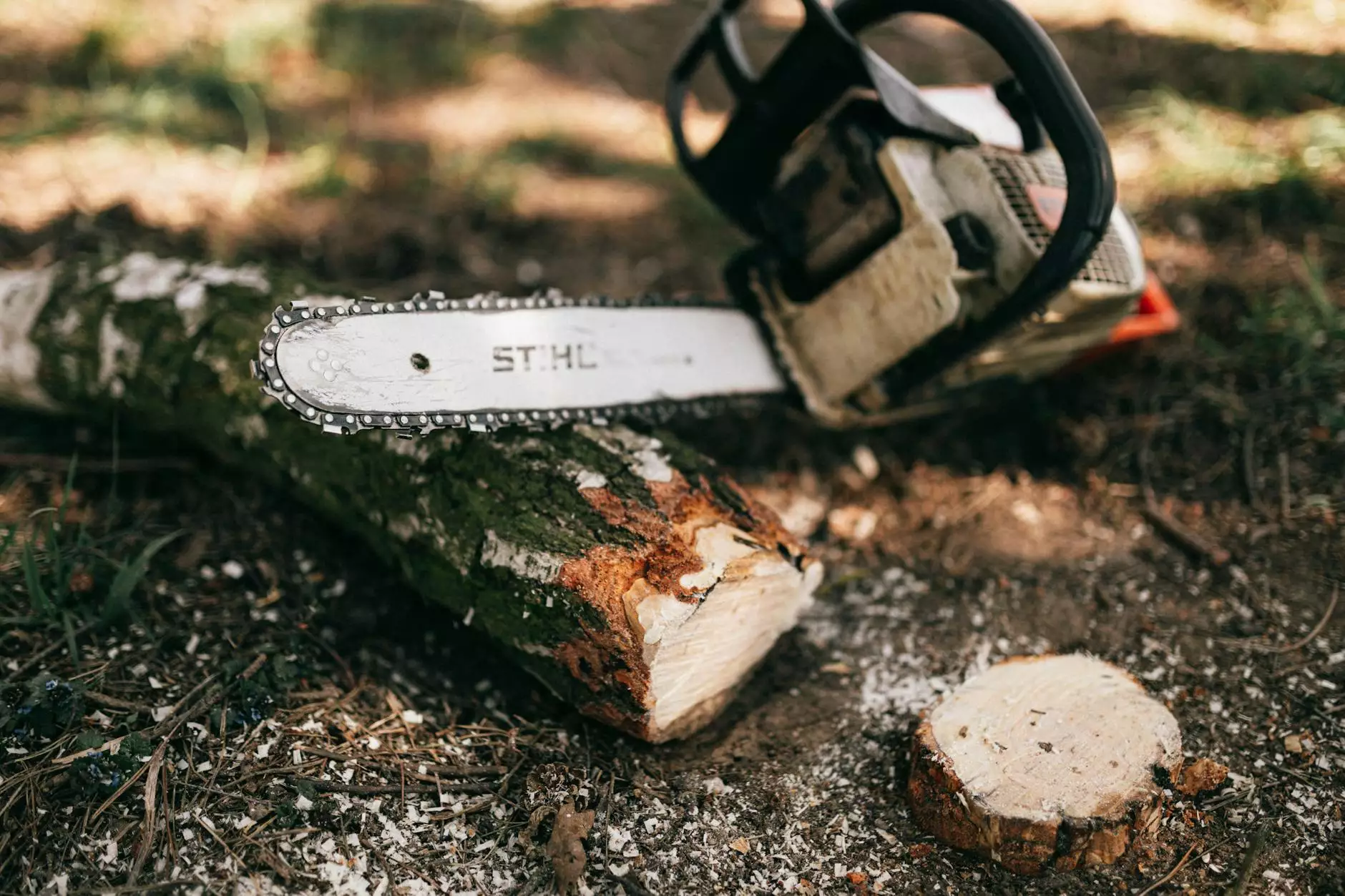
Welcome to Best DIY Furniture Paint, your ultimate resource for all things furniture-related. In this guide, we will walk you through the process of measuring for gas logs to help you create a cozy and inviting atmosphere in your home. Whether you're a seasoned DIY enthusiast or just starting out, our detailed instructions and expert tips will ensure a successful installation.
Why Measure for Gas Logs?
Accurate measurements are crucial when it comes to selecting the right gas logs for your fireplace. Choosing logs that are too large or small can affect the efficiency and safety of your fireplace. By properly measuring your fireplace, you can ensure a snug fit and optimal performance.
Measuring Your Fireplace
Before you start measuring, it's important to prepare your fireplace. Make sure it is clean and free from any debris that may interfere with accurate measurements. Here's a step-by-step guide to measuring for gas logs:
- Measure the Width: Start by measuring the width of your fireplace at the front opening. Use a tape measure to measure from one side to the other, ensuring you include any protruding bricks or metal lips.
- Measure the Depth: Next, measure the depth of your fireplace. Extend your tape measure from the front of the fireplace to the back wall. Make sure to account for any obstructions, such as a damper or grate, that may affect the depth measurements.
- Measure the Height: Lastly, measure the height of your fireplace from the floor to the top. This measurement will determine the maximum height of the gas logs you can install.
Considerations for Gas Log Installation
When measuring for gas logs, it's important to keep a few additional factors in mind:
- Clearance Requirements: Check the manufacturer's specifications to determine the required clearance between the gas logs and the surrounding walls or furniture. This will ensure proper ventilation and safety.
- Gas Supply: Assess the location of your gas supply line and ensure it is easily accessible for a professional installation. If you don't have an existing gas line, consult a licensed plumber or gas technician to have one installed.
- Fireplace Type: Consider the type of fireplace you have - masonry or prefabricated. Measurements may differ slightly depending on the construction and design of the fireplace.
Expert Tips for a Successful Gas Log Installation
Here are some expert tips to help you achieve a seamless gas log installation:
- Consult a Professional: If you're unsure about any aspect of the installation process, it's always best to consult a professional. They can provide guidance and ensure that the installation meets safety standards.
- Choose High-Quality Gas Logs: Invest in high-quality gas logs that are designed to offer long-lasting performance and realistic flame effects. Consider factors such as heat output, aesthetics, and maintenance requirements.
- Follow the Manufacturer's Instructions: Always refer to the manufacturer's instructions for specific measurements and installation requirements. Each product may have different guidelines, so it's essential to follow them closely.
- Maintain Regular Inspections: After installation, perform regular inspections and maintenance to ensure the gas logs continue to function efficiently and safely. Clean the logs and check for any signs of wear or damage.
Conclusion
Measuring for gas logs is a critical step in creating a warm and inviting ambiance in your home. By following the steps outlined in this guide, you'll be well-equipped to select the right gas logs and ensure a perfect fit for your fireplace. For more expert advice and resources, visit Best DIY Furniture Paint, your trusted partner in furniture-related projects.
